Scars On Our Planet: Unveiling Impact Craters

Introduction
Asteroids, comets, and meteors are remnants of the early Solar System that continue to navigate the depths of space. As they collide with each other or cross paths with our planet's orbit, their impact can leave lasting scars on the Earth's surface. These scars come in the form of impact craters, which reveal fascinating information about the history of our planet and the objects that shaped it.
The Anatomy of an Impact Crater
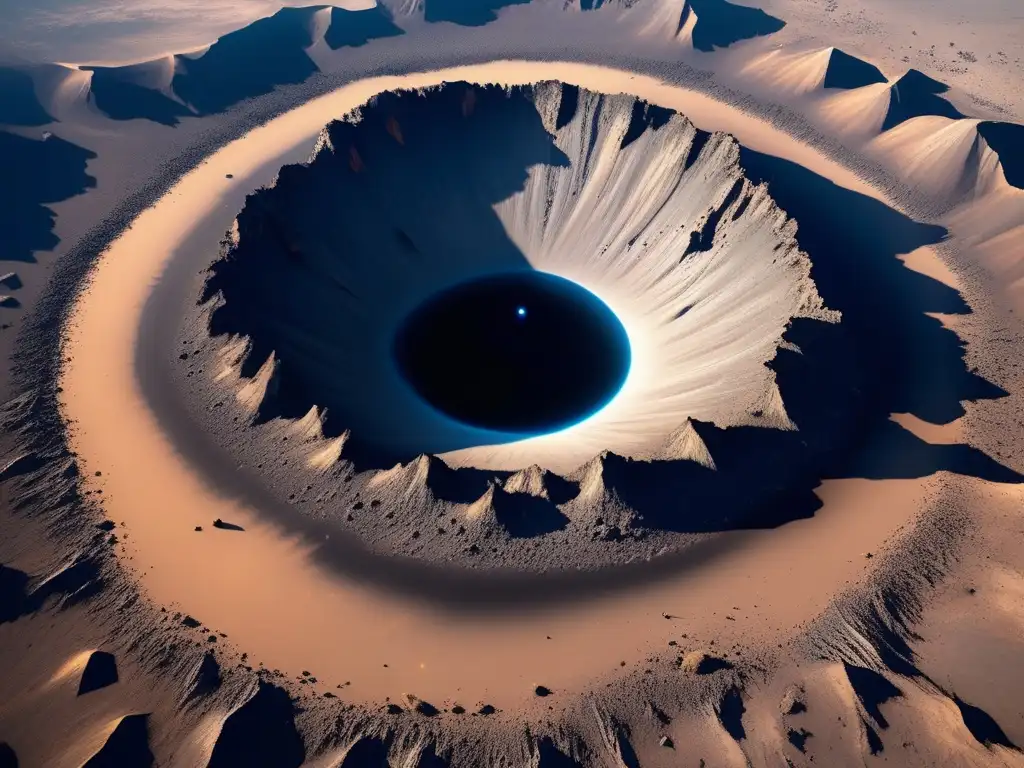
The Formation Process
Impact craters form when a meteoroid, asteroid, or comet collides with the Earth's surface. The tremendous energy released by the collision creates a shockwave that excavates material from the impact site and ejects it outwards. This process forms a central depression called the crater, surrounded by concentric ridges and debris deposits that stretch for kilometers around the impact site.
The Morphology
The morphology of an impact crater depends on several factors, including the size and speed of the impacting object, the angle of impact, the strength and composition of the target material, and the atmospheric conditions at the time of impact. The most prominent features of an impact crater include:
- Rim: The raised edge that surrounds the crater.
- Wall: The steep slope that descends from the rim to the crater floor.
- Central Peak: A mound or series of peaks that rise from the center of the crater floor, formed by rebounding material.
- Ejecta Blanket: The layer of material that is thrown out from the impact site and forms a ring around the crater.
- Secondary Craters: Smaller craters that form from debris ejected by the primary impact.
The Classification
Impact craters can be classified according to their size and shape, and this classification can reveal important information about the object that created them. Some common types of impact craters include:
- Bowl-shaped: Craters that are roughly circular with a bowl-shaped depression. They are formed by small to medium-sized objects with low kinetic energy.
- Complex: Craters that feature additional structures such as central peaks, terraced walls, and multiple rings. They are formed by larger objects with higher kinetic energy.
- Multi-ring: Very large craters with multiple concentric rings that arise from the excavation of deeper layers of material. They are formed by very large objects with high kinetic energy.
- Peak-ring: Craters that feature a series of peaks arranged in a ring or arc around the center. They are formed by very large objects with extremely high kinetic energy.
The Importance of Impact Craters
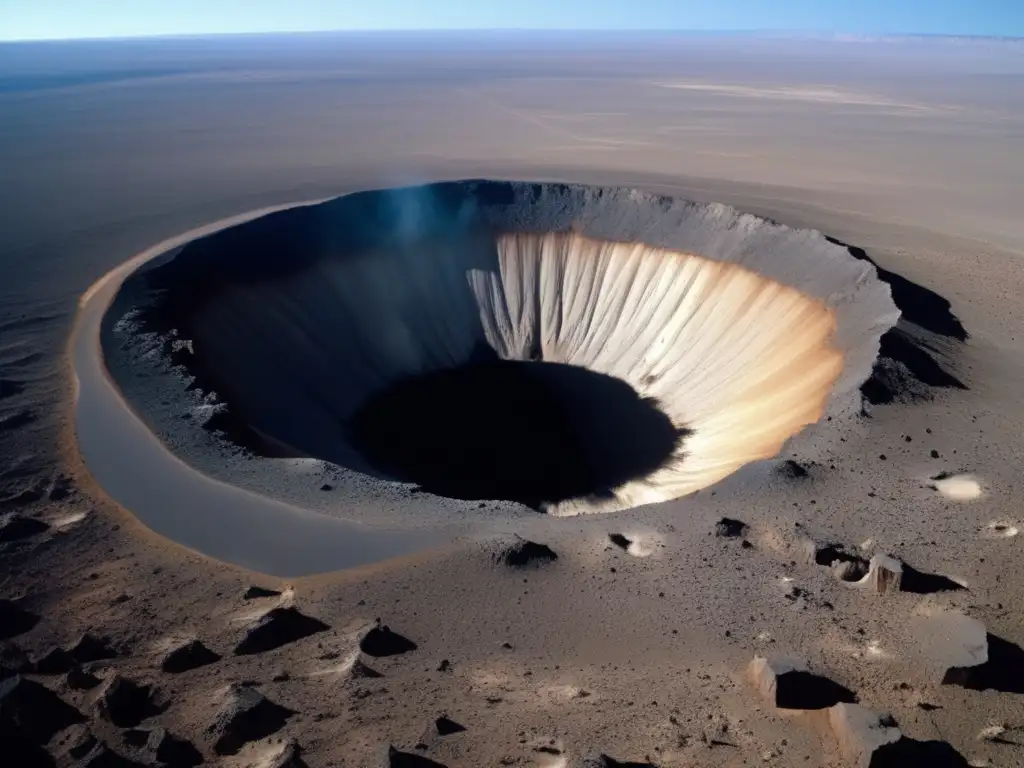
Earth's History Book
Impact craters on Earth serve as "time capsules" that preserve information about the geological history of our planet. By examining the age, size, and distribution of impact craters, scientists can reconstruct the frequency and intensity of impacts throughout Earth's history. This information is invaluable for understanding the evolution of the Solar System and the potential risks that impact events pose to life on Earth.
Natural Laboratories
Impact craters also provide unique opportunities for studying Earth's geology, mineralogy, and hydrology. The extreme conditions created by impact events can lead to the formation of diamonds, precious metals, and other exotic materials that are difficult to find elsewhere on Earth. Impact craters also create subsurface fractures and cavities that can store water or hydrocarbons, making them potential targets for resource exploration and exploitation.
Planetary Defense
Perhaps the most critical aspect of impact crater research is its relevance to planetary defense. By studying the properties of impact craters and the objects that create them, scientists can develop strategies for detecting and mitigating potential impact threats. This research can inform the design of space missions to study and deflect asteroids, as well as the development of technologies for early warning and response in case of an impending impact event.
Frequently Asked Questions
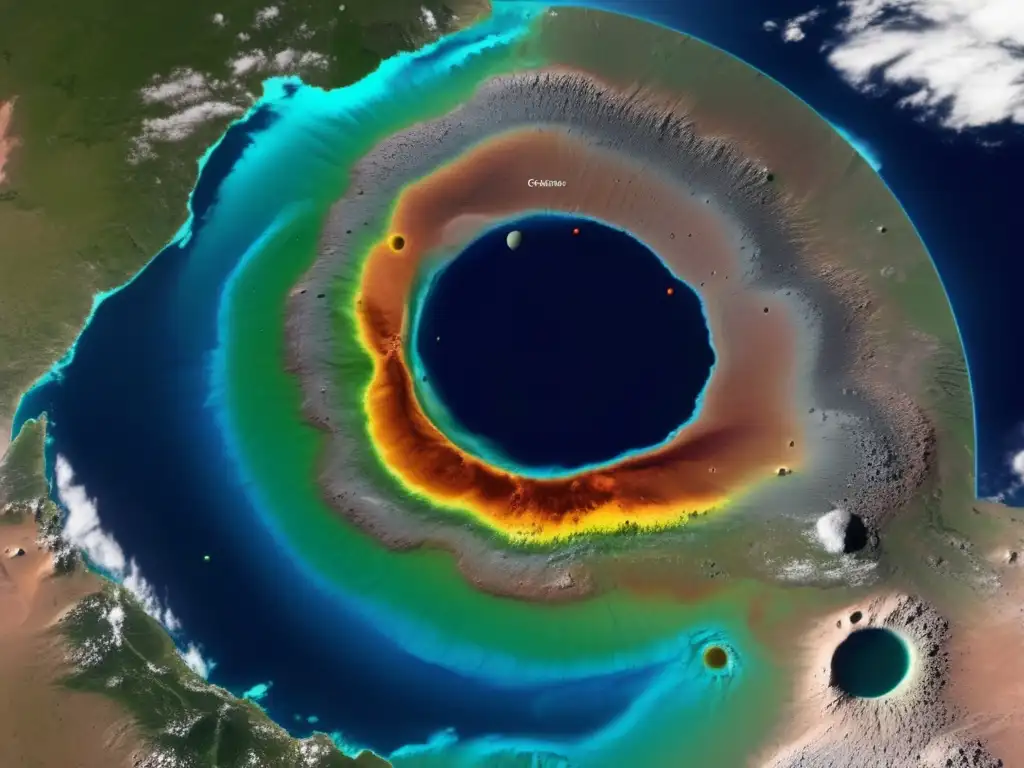
-
What is the largest impact crater on Earth?
The Vredefort Crater in South Africa is the largest known impact crater on Earth, with a diameter of approximately 300 kilometers.
-
How do scientists determine the age of an impact crater?
Scientists can use several methods to determine the age of an impact crater, including radiometric dating of rocks found within the crater, analysis of the crater's erosional features, and comparison with other impact craters of known age.
-
Can impact craters contain evidence of life on other planets?
Potentially, yes. Impact events can eject material from a planet's surface into space, and some of that material can eventually land on another planet. If that material contains organic molecules or other signs of life, the impact crater could preserve that evidence for scientists to study.
-
How likely is an impact event to occur in our lifetime?
The likelihood of a major impact event occurring during our lifetime is relatively low, but not negligible. NASA estimates that there is a 1 in 300,000 chance of a near-Earth object causing global devastation in any given year.
-
What can individuals do to support planetary defense efforts?
Individuals can support planetary defense efforts by staying informed about the risks and potential impacts of asteroids and comets, supporting scientific research on impact events, and advocating for increased funding and attention towards planetary defense initiatives.
Conclusion
Impact craters are fascinating remnants of the violent collisions that shaped our Solar System and continue to pose a potential threat to our planet. By studying these scars on our planet, scientists can gain incredible insights into Earth's geological history, its potential for mineral and resource exploration, and the best ways to defend against future impact events. The more we learn about impact craters and the objects that create them, the better equipped we will be to navigate the complex and dynamic world of our cosmos.
Thank you for taking the time to explore this topic with us. We hope you have found it informative and engaging. Please feel free to share your thoughts, questions, and feedback in the comments section below. And if you are interested in learning more about asteroids, comets, and other celestial objects, be sure to check out our other articles on www.asteroidrealm.com!
Additional Resources
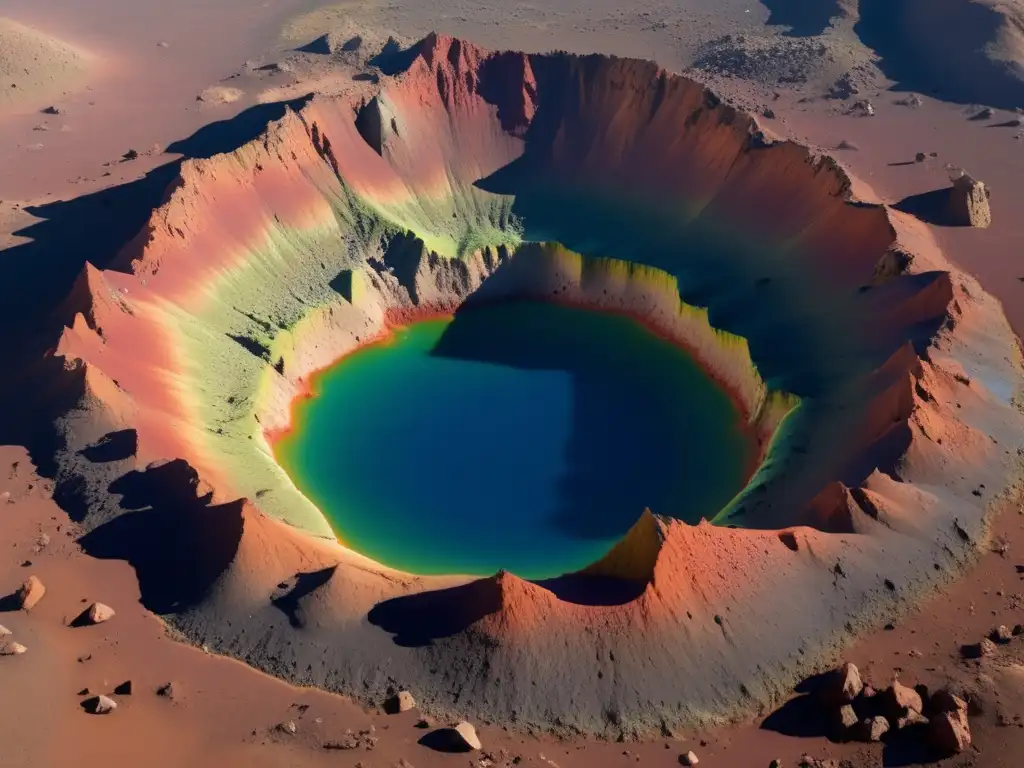
 The Vredefort Dome: A Glimpse Into An Ancient Catastrophe
The Vredefort Dome: A Glimpse Into An Ancient Catastrophe Into Thin Air: The Disappearance Of Asteroids Post-Impact
Into Thin Air: The Disappearance Of Asteroids Post-Impact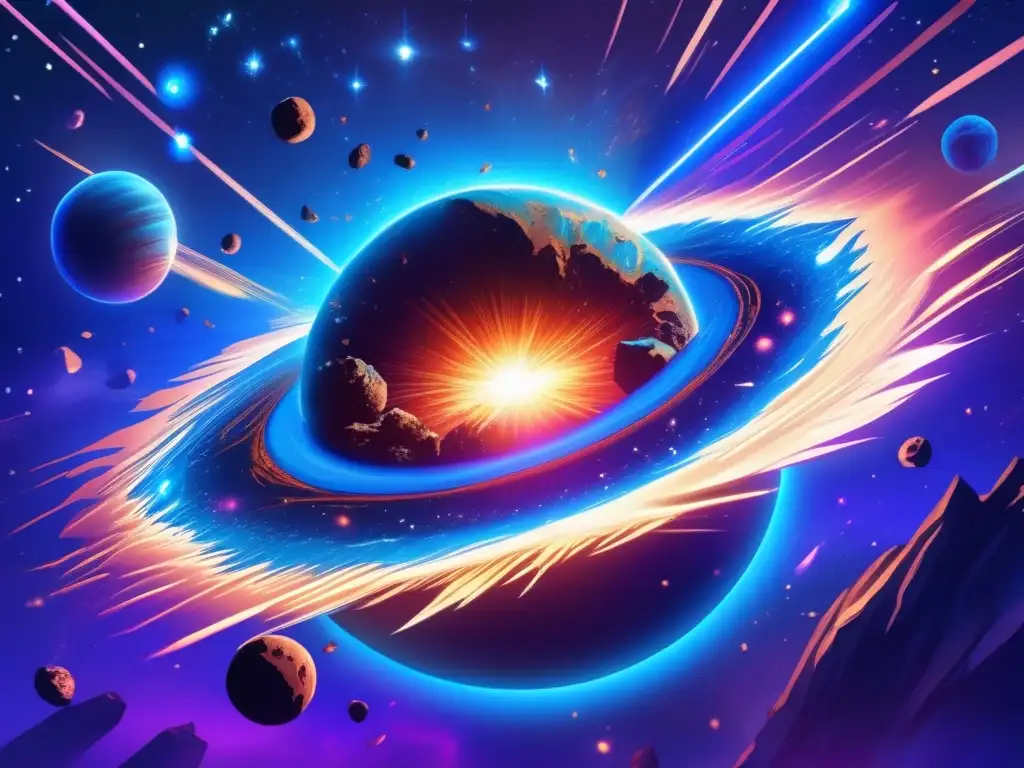 Asteroids In Action: Dramatic Impacts Throughout History
Asteroids In Action: Dramatic Impacts Throughout HistoryIf you want to discover more articles similar to Scars On Our Planet: Unveiling Impact Craters, you can visit the Asteroid Impacts category.
Leave a Reply

Articulos relacionados: